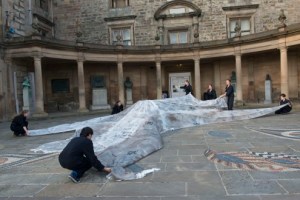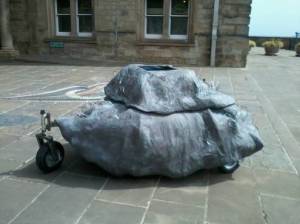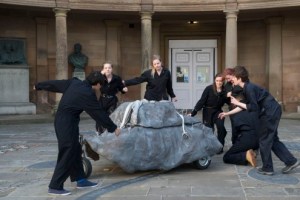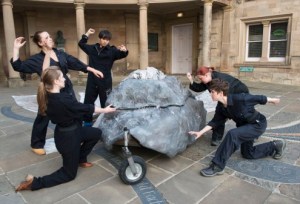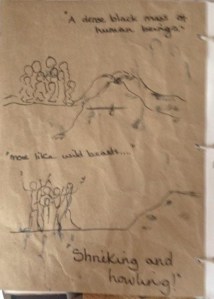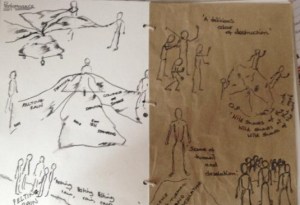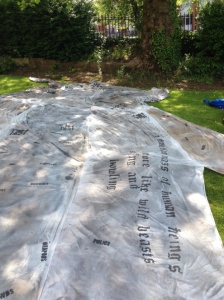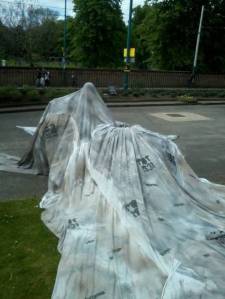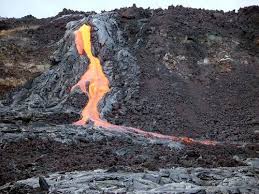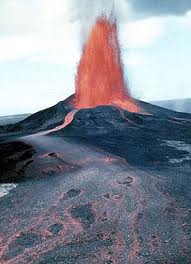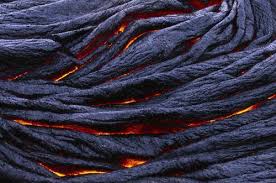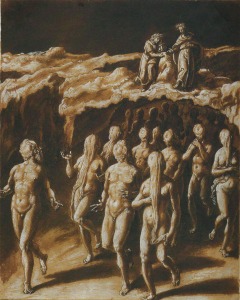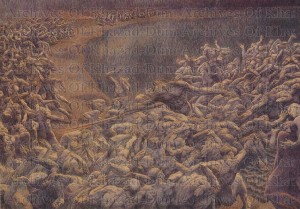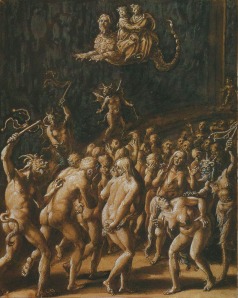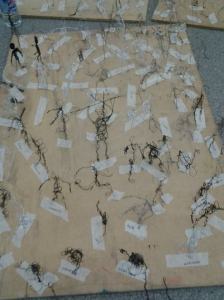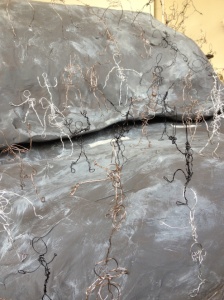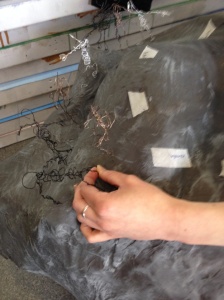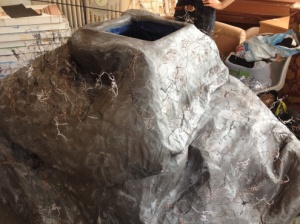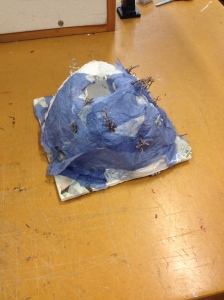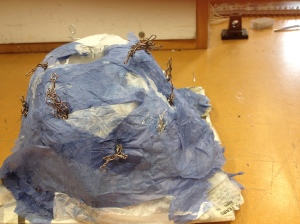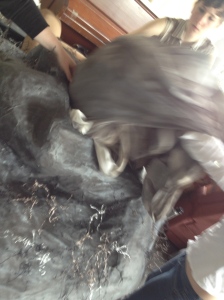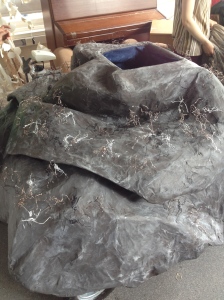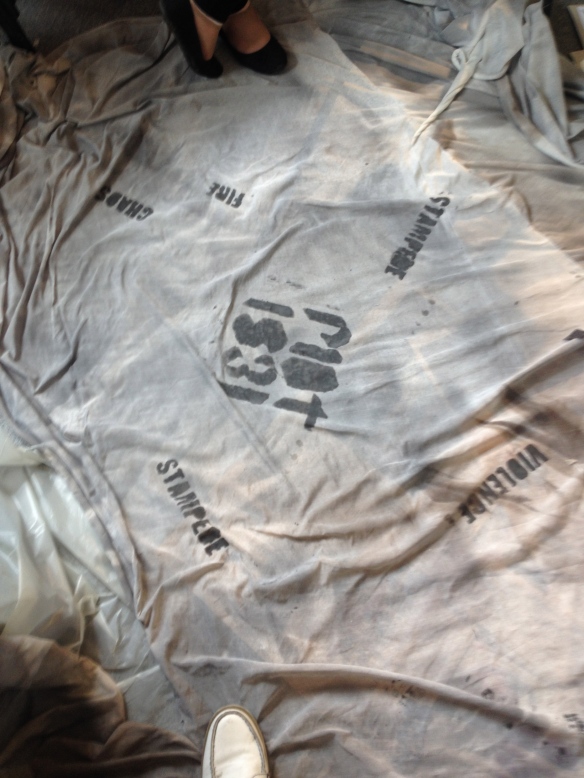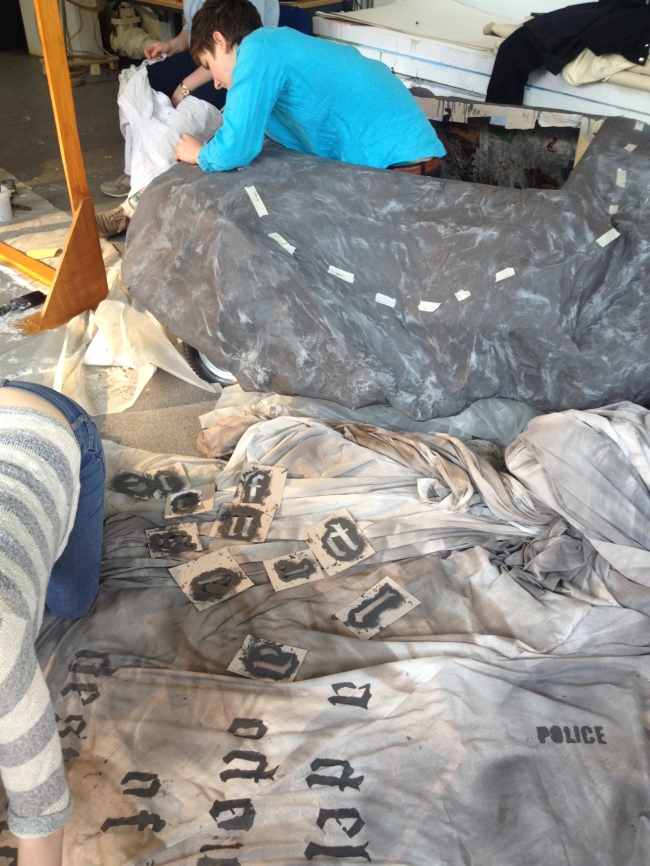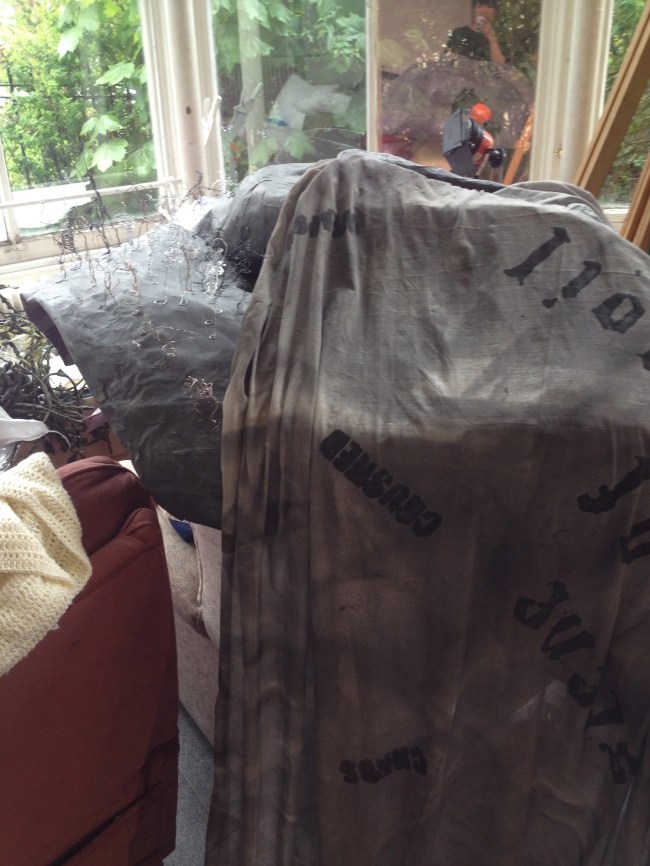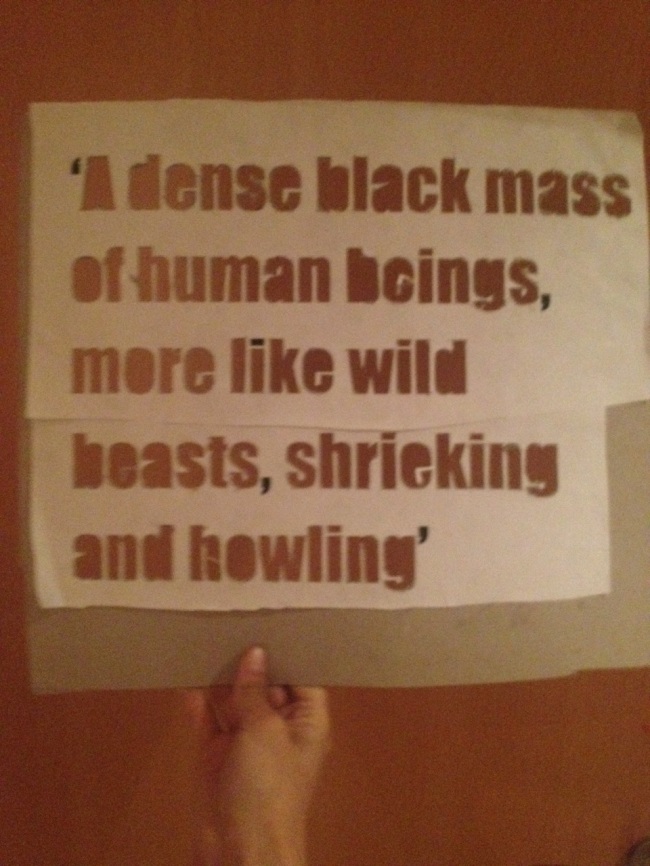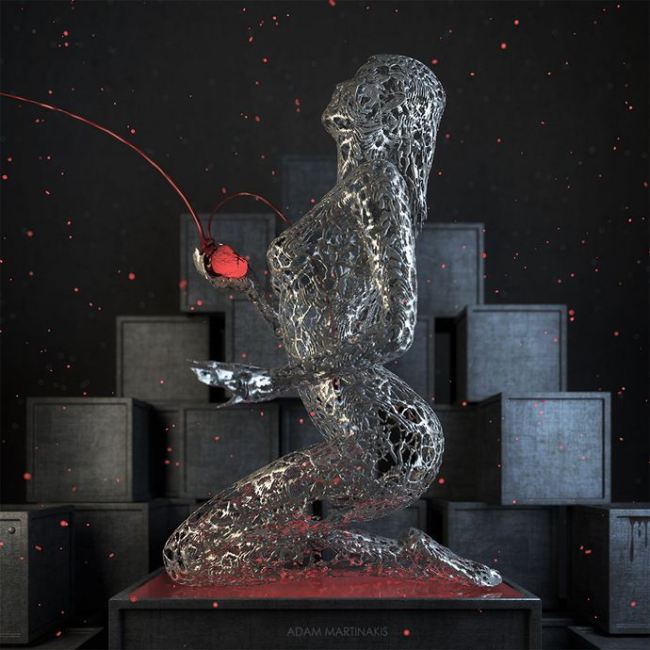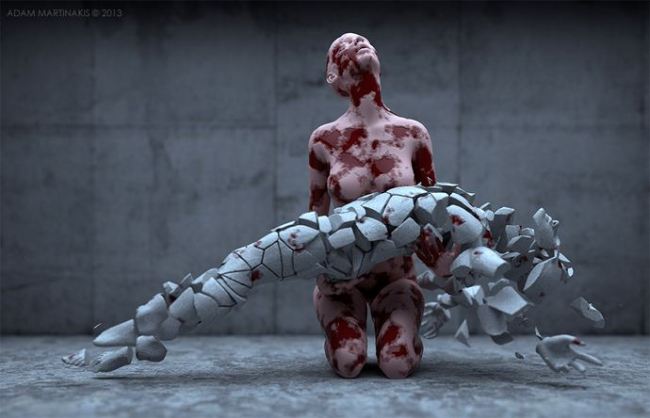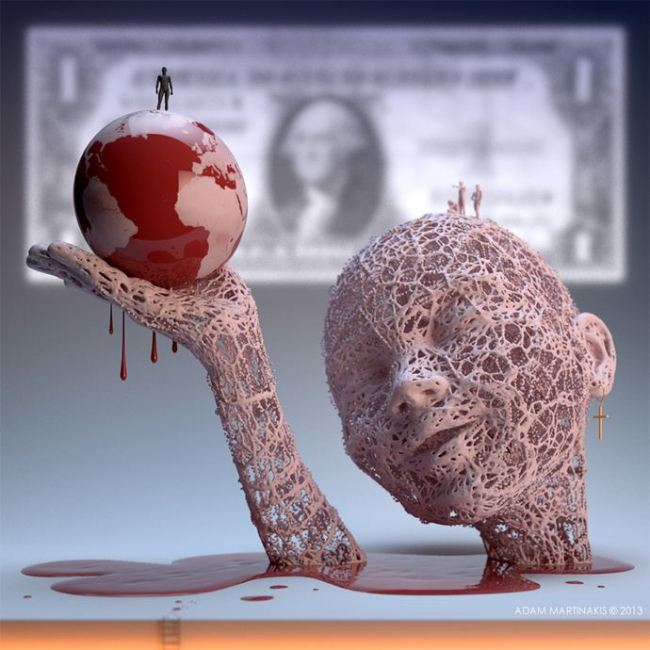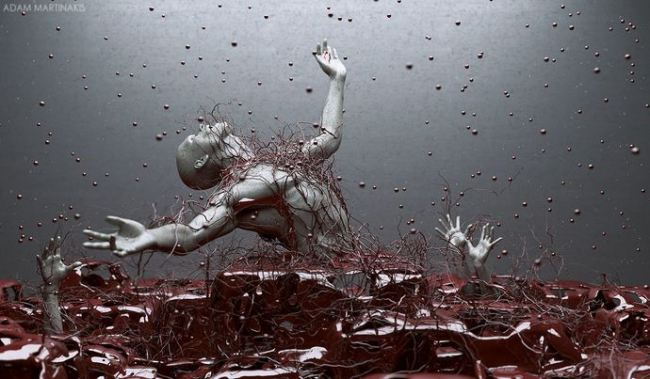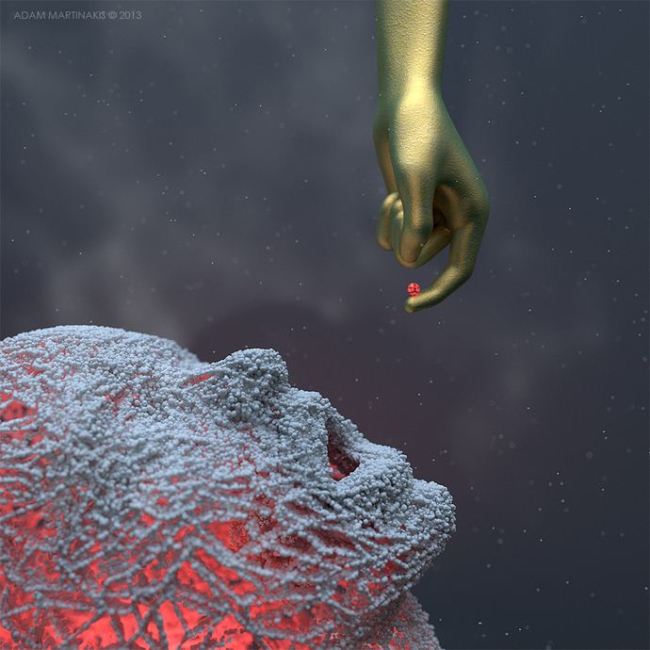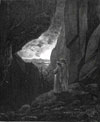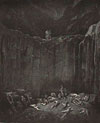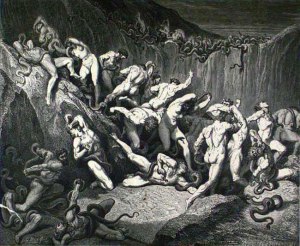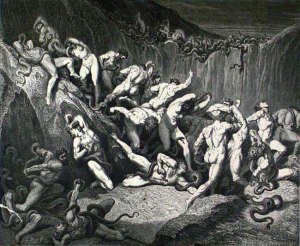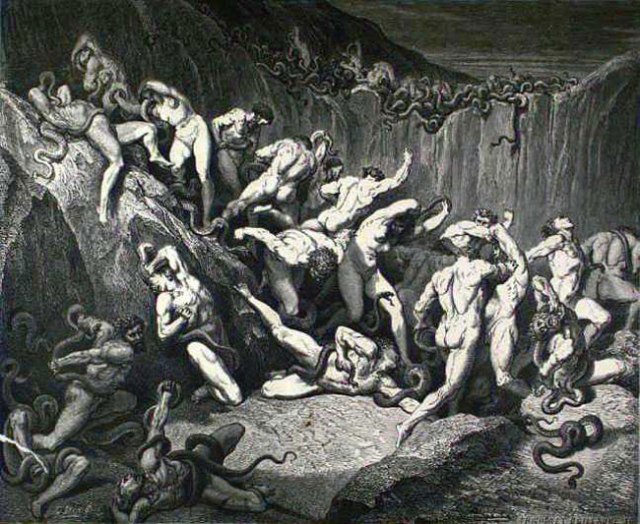Month: 2014年5月
the performance and story borad
(the picture from Maia)
in the preformance first of all we decide to pull the fabric come out, but the wind is too strong, and will make the fabric tied together, then we add 6 handle on each caner, and we ask other group people helped us to pull it. it works more good.
then we decide to make audience attention first, we walk around the volocan, and play the wire people’s actiong, we are walking and watching, then choice what we like. and do the same action like the little people.
we say the words together, and pull the fabric out.
then we say the words with action,
the cold lava
the wire people vs dante’s inferno
the idea become ture
the words power
‘A DENSE BLACK MASS OF HUMAN BEINGS MORE LIKE WILD BEASTS SHRIEKING AND HOWLING’
‘A DELICIOUS ORDER OF DESTRUCTION’
‘WILD SHOUT THE MUB‘
the 18s Typeface. we print the words on the fabric, first idea is to let the audience seeing, but it not working when we doing it outside, and audience are shy, wont come close.
so we decide to say the word aloudly.
DIGITAL SCULPTURES BY ADAM MARTINAKIS
PEOPLE WIRE SCULPTURE | AYAKA ITO + RANDY CHURCH (Research)
People Wire sculpture is a collaboration between graphic designer and illustrator Ayaka Ito and programmer Randy Church that features, to put it simply, snapshots of shredded people. Combining each of their respective creative expertises along with a shared admiration for Rachel Ducker’s tautly wired sculptures and the defiant Flash paintings of interactive designer Erik Natzke, the two discovered a way to create an interface that integrates 3D line work into photographic compositions. Using applications like Flash and Photoshop, Ito and Church reconfigure images into interwoven portraits where the subject becomes part of the environment.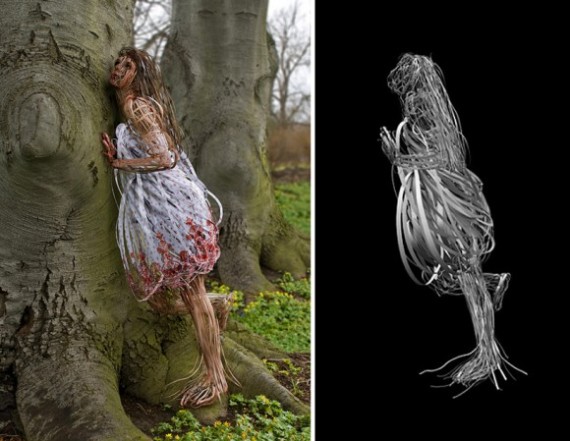
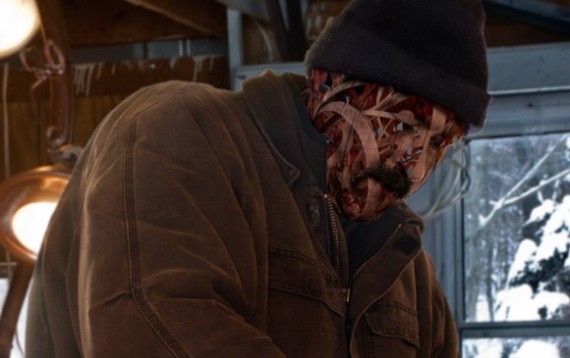
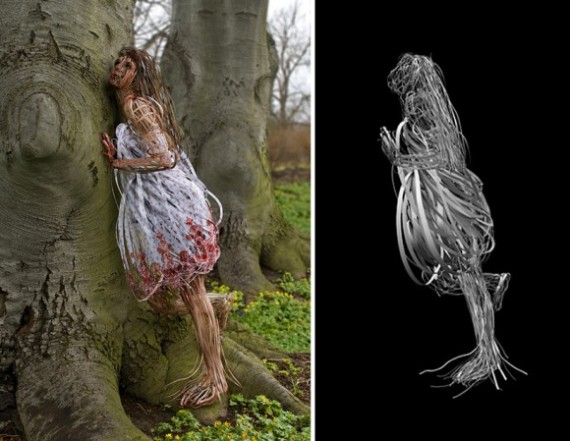
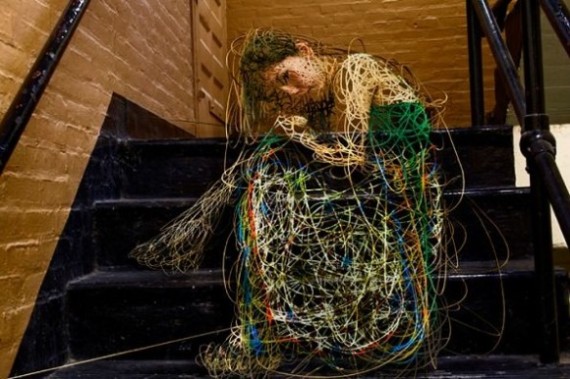
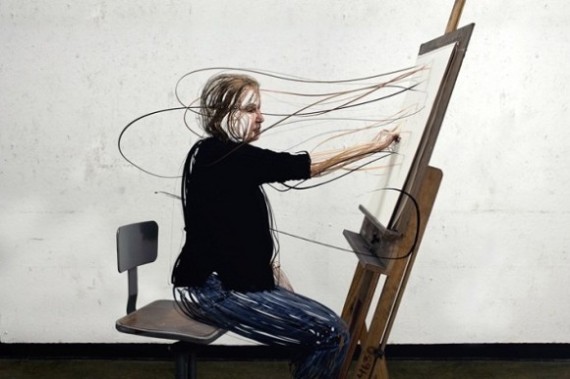
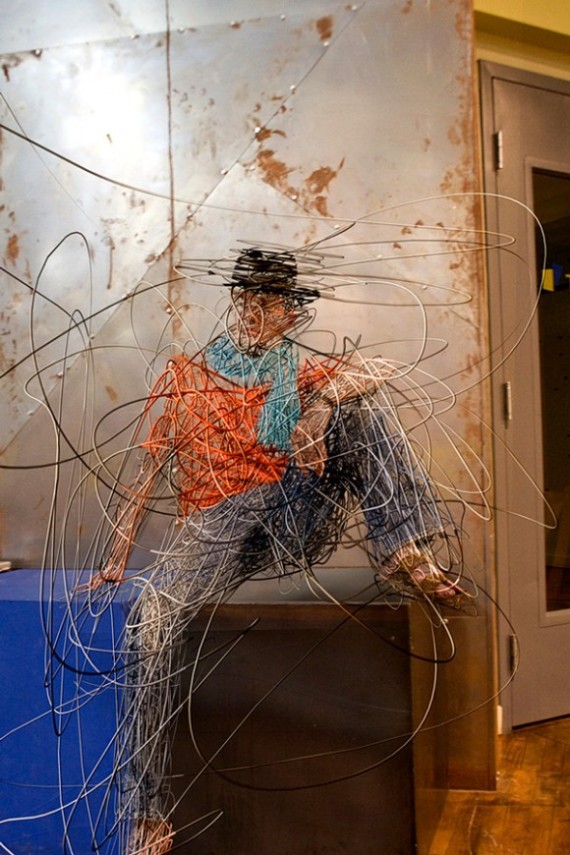 (
(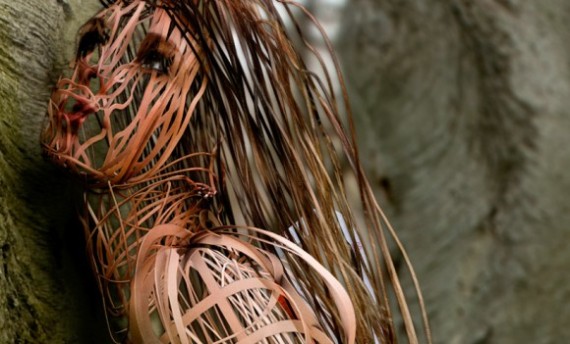
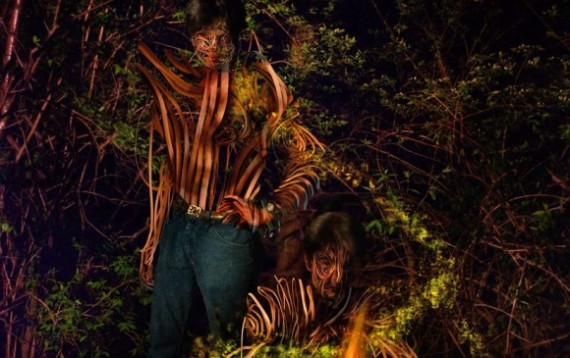 r
r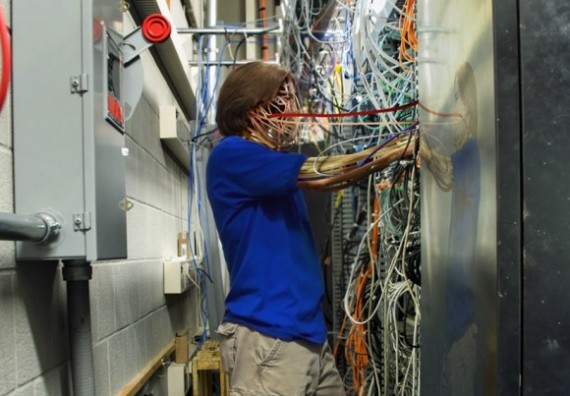
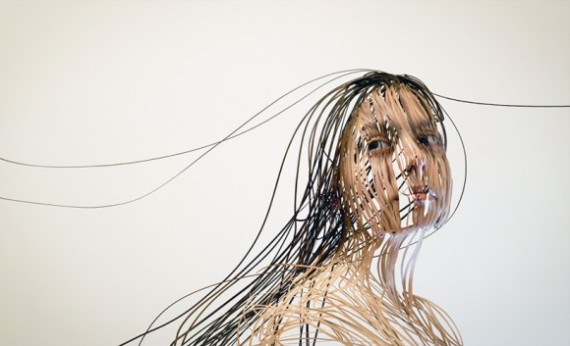
infoerno
inferno(dante)
Gustave Doré
Gustave Doré’s (1832-1883) illustrations and Dante’s Divine Comedy have become so intimately connected that even today, nearly 150 years after their initial publication, the artist’s rendering of the poet’s text still determines our vision of the Commedia. Planned by Doré as early as 1855, the Dante illustrations were the first in a series he referred to as the “chefs-d’oeuvre de la littérature.” In addition to Dante, Doré’s list of illustrated great works included Homer, Ossian, Byron, Goethe, Racine, and Corneille. The placement of Dante’s Commedia at the top of this list reflects the poet’s popularity within mainstream French culture by the 1850s. While France’s initial interest in Dante was confined to the episodes of Paolo and Francesca (Inf.5) and Ugolino (Inf.33), the 19th century saw an expansion of interest in Dante’s work which resulted in numerous translations of the Commedia into French, critical studies,newspapers, and specialized journals, and over 200 works of painting and sculpture between 1800-1930. Doré’s choice of Dante’sInferno as the first of his proposed series of illustrated masterpieces of literature reflects the extent to which Dante had attained popular appeal in France by the 1860s.
- First Circle (Limbo)
- Second Circle (Lust)
- Third Circle (Gluttony)
- Fourth Circle (Greed)
- Fifth Circle (Wrath)
- Sixth Circle (Heresy)
- Seventh Circle (Violence)
- Eighth Circle (Fraud)
- Ninth Circle (Treachery)
